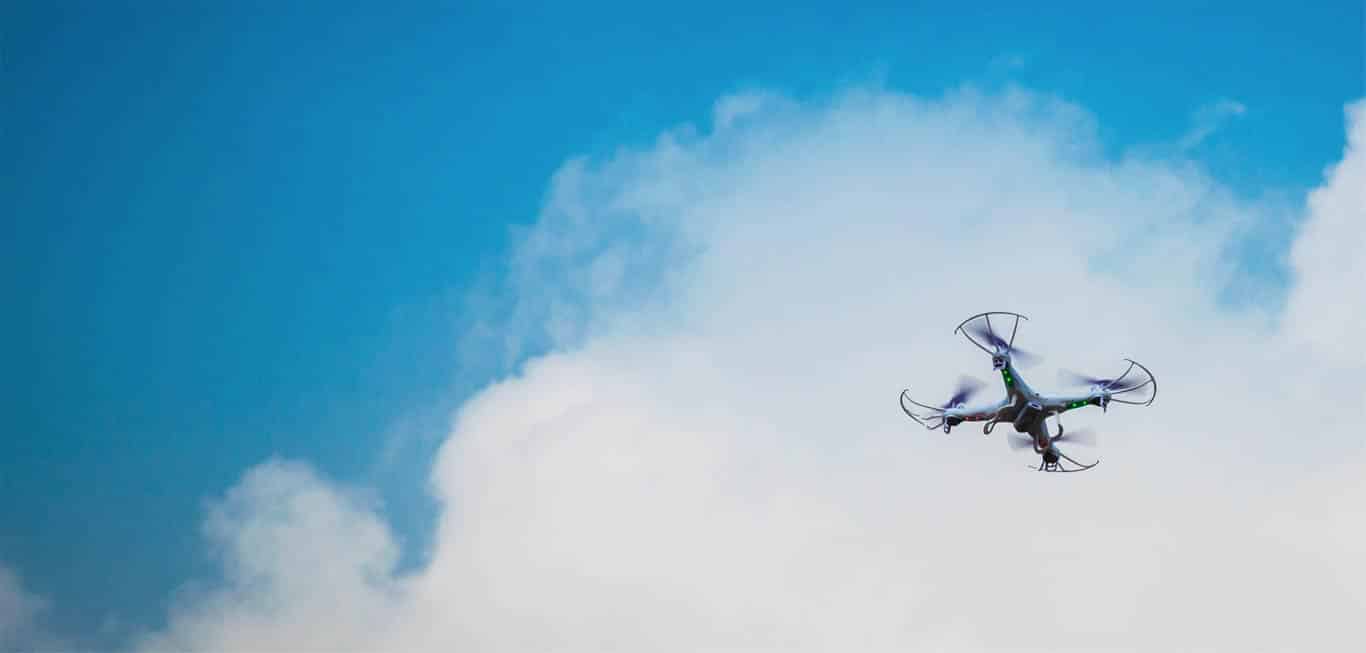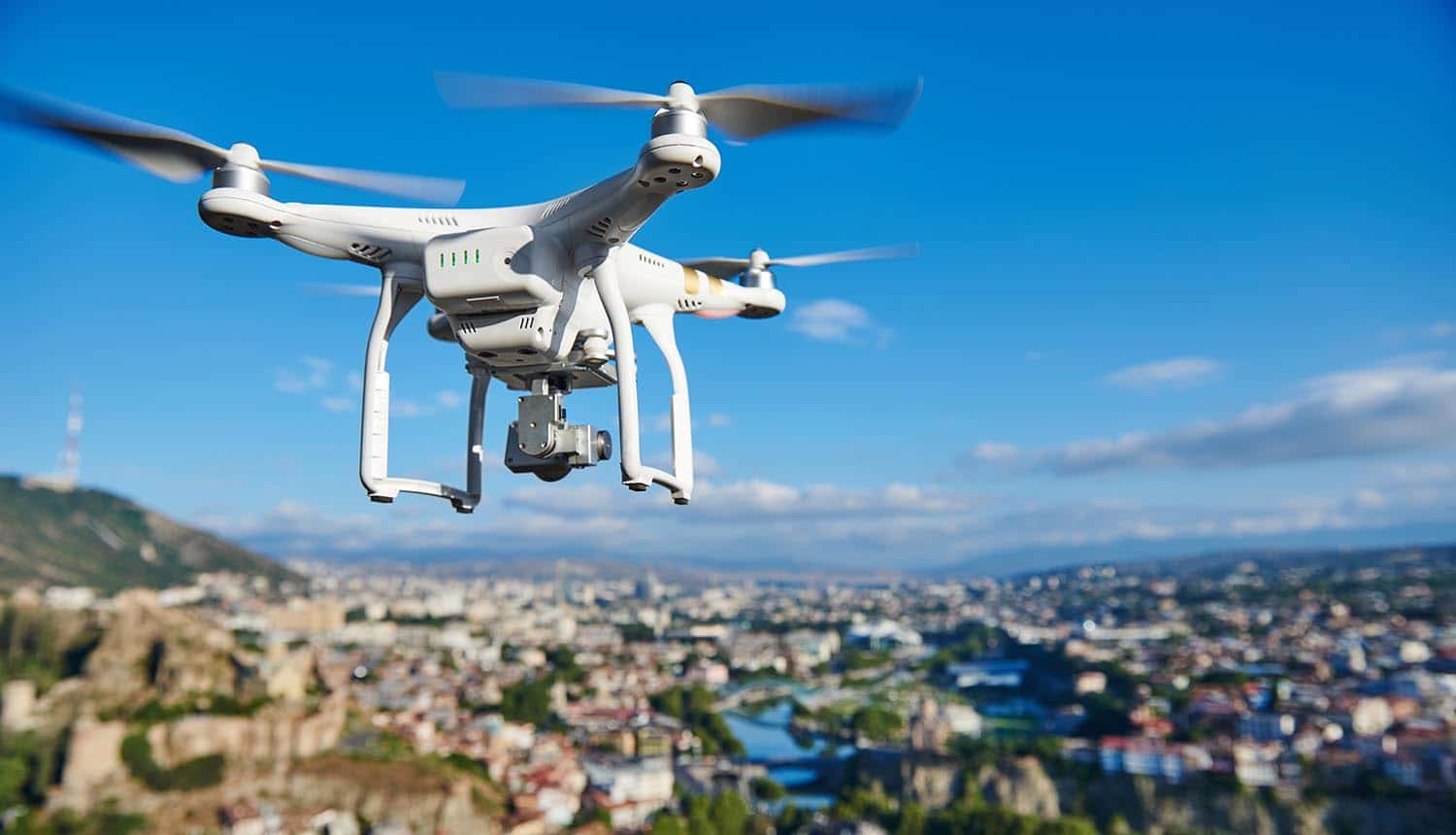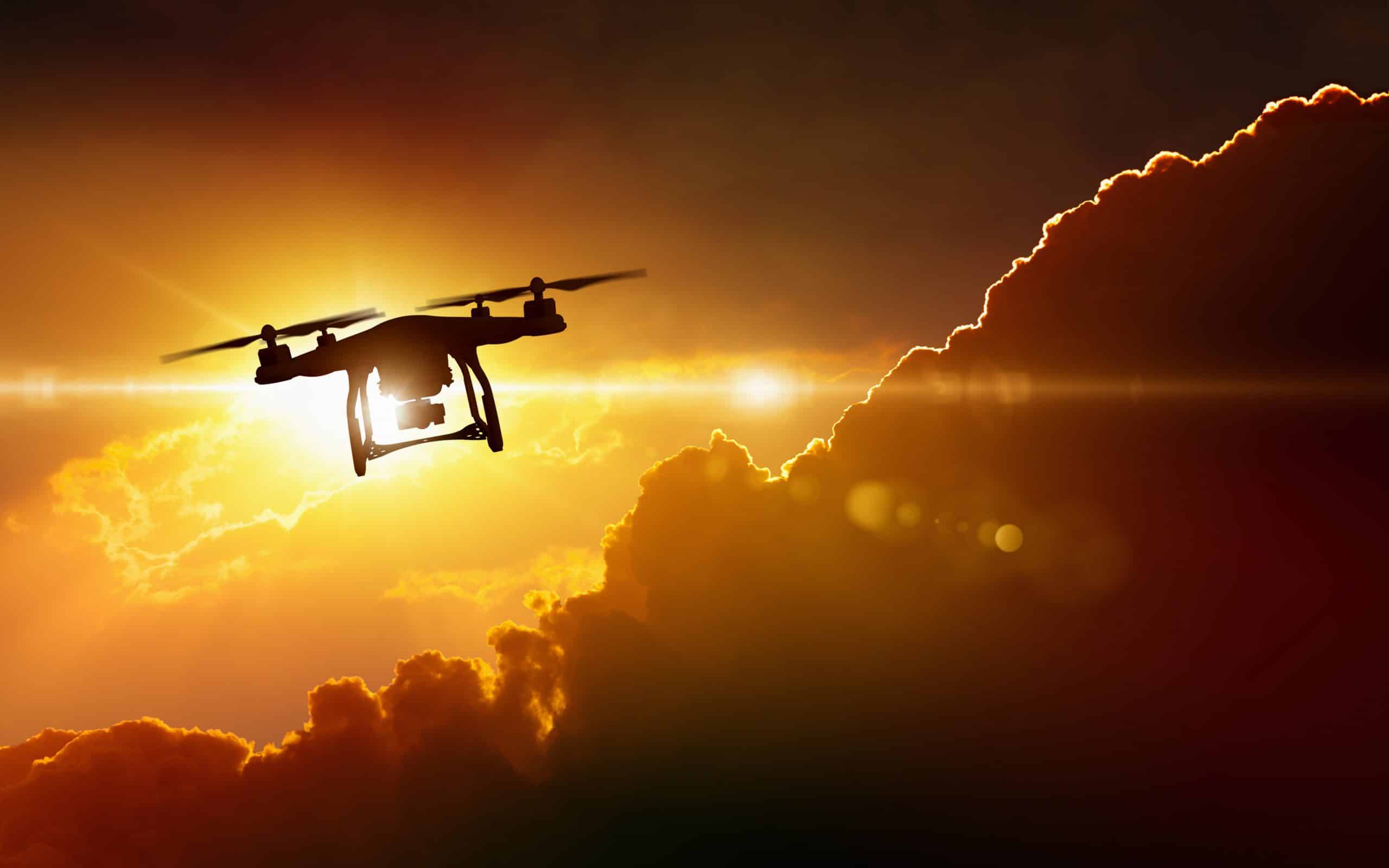Sky elements drones are revolutionizing atmospheric research. These unmanned aerial vehicles (UAVs), equipped with an array of advanced sensors, are providing unprecedented access to atmospheric data, enabling scientists to study everything from thunderstorm formation to air pollution dispersion with a level of detail previously unimaginable. This allows for more accurate weather forecasting and a deeper understanding of climate change.
Imagine a world where we can precisely monitor air quality in real-time, predict severe weather events with greater accuracy, and better understand the complex interactions within our atmosphere. This is the promise of sky elements drones, offering a new perspective on our planet’s atmospheric dynamics and paving the way for more effective environmental monitoring and management.
Drone Technology in Atmospheric Research
Drones are revolutionizing atmospheric research, offering a cost-effective and flexible platform for data collection previously unattainable. Their maneuverability allows for targeted sampling in diverse atmospheric conditions, providing valuable insights into weather patterns, air quality, and climate change.
Types of Drones for Sky Element Observation
Various drone types are employed depending on the specific research needs. Fixed-wing drones excel in long-range surveys, covering large areas efficiently. Multirotor drones, with their vertical takeoff and landing (VTOL) capability, are ideal for precise, localized measurements and hovering over specific points of interest. Hybrid drones combine the strengths of both, offering extended range and precise hovering.
Sensors and Payloads for Atmospheric Data Collection
Drones are equipped with a variety of sensors and payloads to gather comprehensive atmospheric data. Common sensors include: temperature and humidity probes, anemometers (for wind speed and direction), GPS receivers for precise location tracking, barometric pressure sensors for altitude determination, and various gas sensors for air quality monitoring. More advanced payloads might include LiDAR (Light Detection and Ranging) for 3D mapping of atmospheric structures, and hyperspectral cameras for detailed analysis of atmospheric composition.
Advantages and Limitations of Drone-Based Atmospheric Research
Compared to traditional methods (weather balloons, aircraft), drones offer several advantages: increased accessibility to diverse locations, lower operational costs, higher spatial resolution data, and improved safety for researchers. However, limitations include shorter flight times compared to weather balloons, limited payload capacity restricting the types and number of sensors, and susceptibility to adverse weather conditions.
Data Acquisition Capabilities of Different Drone Platforms
The choice of drone platform significantly impacts data acquisition capabilities. For instance, larger fixed-wing drones can carry heavier payloads, allowing for more sensors and longer flight times, resulting in broader spatial coverage. However, their maneuverability is less than multirotor drones, limiting their ability to obtain highly localized measurements. The table below summarizes the capabilities of different drone models suitable for atmospheric research.
| Drone Model | Payload Capacity (kg) | Flight Time (min) | Sensor Compatibility |
|---|---|---|---|
| DJI Matrice 300 RTK | 2.7 | 55 | Temperature/Humidity, Anemometer, GPS, Barometric Pressure, Multispectral Camera |
| Autel EVO II Pro | 1.0 | 40 | Temperature/Humidity, GPS, RGB Camera, Thermal Camera |
| SenseFly eBee X | 0.5 | 50 | RGB Camera, Multispectral Camera |
| Parrot ANAFI USA | 0.25 | 25 | RGB Camera, Thermal Camera |
Data Analysis and Visualization from Sky Element Drones
Processing and visualizing data from sky element drones involves several key steps, from data cleaning and calibration to creating meaningful visual representations of atmospheric parameters.
Methods for Processing and Analyzing Drone Data
Data processing typically begins with data cleaning, removing outliers and correcting for sensor drift. Calibration ensures accurate measurements by comparing drone data with ground-truth measurements from weather stations or other reliable sources. Data analysis then involves statistical methods, spatial interpolation, and potentially machine learning techniques to identify patterns and trends in the atmospheric data.
Sky Elements drones are known for their vibrant displays, but even the best technology can have hiccups. Check out this article about a drone show accident to see what can go wrong, even with careful planning. Understanding these potential issues helps Sky Elements improve safety protocols and deliver even more stunning, reliable drone shows in the future.
Data Visualization Techniques
Effective data visualization is crucial for interpreting complex atmospheric data. Common techniques include: 2D and 3D maps displaying spatial variations in temperature, humidity, and wind speed; time-series plots showing changes in atmospheric parameters over time; and vertical profiles illustrating changes in atmospheric variables with altitude.
Visual Representation of Atmospheric Data
Consider a hypothetical temperature profile from a drone flight through a thunderstorm. A line graph could be used, with altitude on the y-axis and temperature on the x-axis. The graph would show a steep temperature decrease with altitude in the cloud, followed by a gradual increase above the cloud top. This visual representation clearly shows the temperature structure of the thunderstorm.
Challenges and Solutions for Data Management and Storage
Drone-based atmospheric research generates large datasets, posing challenges for data management and storage. Cloud-based storage solutions are becoming increasingly important for managing and sharing these datasets efficiently. Data compression techniques can reduce storage requirements while maintaining data quality.
Workflow for Processing and Analyzing Drone Atmospheric Data
A typical workflow might involve: 1. Data Acquisition (drone flight and sensor data collection); 2. Data Preprocessing (cleaning, calibration, and quality control); 3. Data Analysis (statistical analysis, spatial interpolation); 4. Data Visualization (creating maps, graphs, and other visualizations); 5.
Data Interpretation (drawing conclusions and insights from the data); 6. Report Generation (documenting findings and sharing results).
Applications of Sky Element Drones
Drones are transforming various aspects of meteorology and atmospheric science, providing new tools for understanding and predicting atmospheric phenomena.
Applications in Meteorology and Atmospheric Science

Drones are used extensively in studying various atmospheric phenomena, including: microburst detection, fog formation, pollution dispersion modeling, and wildfire smoke plume mapping. They offer high-resolution data collection in previously inaccessible areas.
Examples of Successful Drone Deployments
For example, drones have been successfully used to study the microphysics of thunderstorms by directly sampling cloud droplets and ice crystals. In air quality monitoring, drones equipped with gas sensors have mapped pollution plumes from industrial sources, providing valuable data for pollution control strategies.
Contribution to Weather Forecasting and Climate Change Research
Drone data improves the accuracy of numerical weather prediction (NWP) models by providing high-resolution data on atmospheric conditions. In climate change research, drones are used to monitor changes in glacier melt rates and sea ice extent, contributing to our understanding of climate change impacts.
Use of Drones for Air Quality Monitoring
Drones equipped with sensors can monitor air quality in real-time, identifying pollution sources and assessing the impact of pollution on human health and the environment. This is particularly useful in urban areas with complex pollution patterns.
Future Applications of Sky Element Drones
- Monitoring volcanic plumes
- Assessing the impact of extreme weather events
- Studying atmospheric boundary layer dynamics
- Developing advanced atmospheric sensing technologies
- Improving the accuracy of climate models
Safety and Regulatory Aspects of Drone Operations

Safe and responsible drone operation is paramount for both the safety of the public and the success of research projects. Adherence to regulations and best practices is crucial.
Safety Protocols and Regulations
Drone operators must adhere to strict safety regulations, including maintaining visual line of sight (VLOS), avoiding restricted airspace, and operating within specified altitude limits. Regulations vary by country and region, and operators must be aware of local laws and regulations before conducting any drone flights.
Obtaining Permits and Licenses

Depending on the location and the nature of the drone operation, obtaining necessary permits and licenses is often mandatory. These permits ensure that drone operations are conducted safely and responsibly, minimizing potential risks to the public and the environment.
Potential Risks and Challenges
Drone operations can face several challenges, including adverse weather conditions (strong winds, rain, snow), loss of signal, battery failure, and potential collisions with other aircraft or obstacles. Operators must be prepared for these challenges and have contingency plans in place.
Comparison of Safety Regulations
Safety regulations for drone operations differ significantly across countries. Some countries have stricter regulations than others, particularly regarding the operation of drones in urban areas or near airports. Operators must familiarize themselves with the specific regulations of the region where they intend to operate.
Checklist for Safe and Responsible Drone Operation

- Check weather conditions
- Plan flight path and ensure compliance with regulations
- Inspect drone and equipment before flight
- Maintain visual line of sight (VLOS)
- Avoid restricted airspace
- Have a backup plan in case of emergencies
Ethical Considerations in Drone-Based Atmospheric Research
The use of drones in atmospheric research raises several ethical considerations that must be addressed to ensure responsible and ethical conduct.
Potential Ethical Concerns
Ethical concerns include potential infringements on privacy (data collected might inadvertently capture personal information), data security (protecting sensitive atmospheric data from unauthorized access), and environmental impact (minimizing the ecological footprint of drone operations).
Data Privacy and Security Implications
Drone-collected data may contain sensitive information, requiring robust data security measures to protect privacy. Data anonymization and encryption techniques are crucial for protecting sensitive data.
Sky elements drones are becoming increasingly popular for their versatility and stunning visual effects. If you want to see some incredible drone choreography in action, check out the amazing light shows at the orlando drone show ; it’s a great example of what’s possible with advanced drone technology. Learning about these shows helps you understand the potential of sky elements drones and their future applications.
Responsible Use in Sensitive Environments, Sky elements drones
In sensitive environments such as national parks or wildlife reserves, drone operations require careful planning to minimize disturbance to wildlife and ecosystems. Environmental impact assessments may be necessary before conducting drone flights.
Approaches to Mitigating Ethical Concerns
Mitigation strategies include: obtaining informed consent where appropriate, implementing robust data security measures, conducting environmental impact assessments, and adhering to strict ethical guidelines.
Code of Conduct for Researchers
A code of conduct for researchers using drones in atmospheric studies should include: adherence to all relevant regulations, respect for privacy, responsible data management, environmental protection, and transparency in research methods and data sharing.
Ending Remarks
The integration of drones into atmospheric research represents a significant leap forward in our ability to understand and interact with our environment. From enhancing weather prediction models to monitoring air quality and studying climate change, sky elements drones are proving to be invaluable tools. As technology continues to advance, we can anticipate even more innovative applications, promising a future where we can better protect and understand our planet’s atmosphere.
FAQs: Sky Elements Drones
How much do sky element drones cost?
The cost varies greatly depending on the drone’s size, capabilities, and sensor payload. Prices can range from a few thousand dollars to well over one hundred thousand.
What are the limitations of using drones for atmospheric research?
Limitations include flight time restrictions, weather dependency (wind, rain), and regulatory restrictions on airspace usage. Data transmission range can also be a factor.
What kind of training is needed to operate a sky element drone for research?
Operators typically require specialized training in drone piloting, sensor operation, and data acquisition techniques. Specific certifications may be required depending on location and regulations.
How is data privacy ensured when using drones for atmospheric research?
Sky elements drones are revolutionizing aerial displays, offering breathtaking visuals. Want to see a stunning example? Check out the incredible light show at the niagara falls drone show , a perfect demonstration of what these advanced drones can achieve. Then, imagine the possibilities for future sky elements drone applications – the potential is truly limitless!
Data privacy is addressed through anonymization techniques, secure data storage, and adherence to relevant data protection regulations and ethical guidelines.